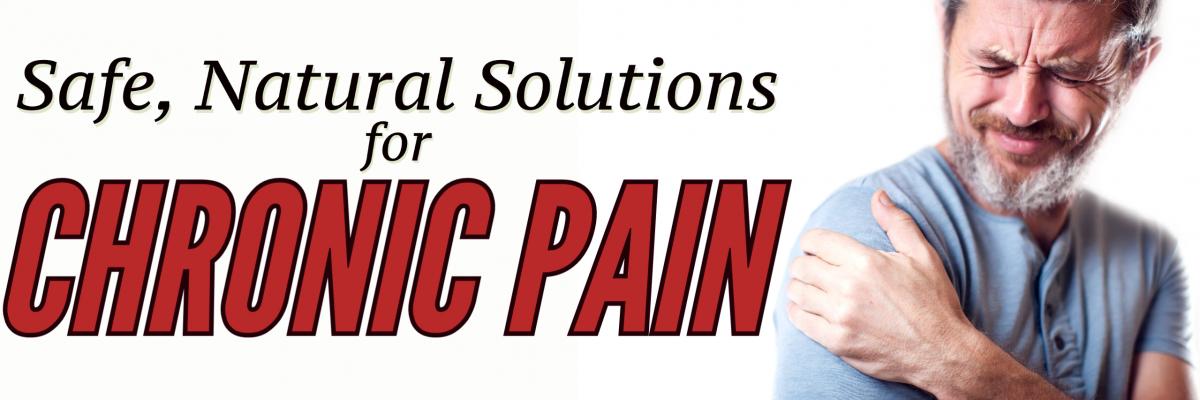
Acute pain occurs when you are injured and this pain dissipates naturally as the injury heals. So once you are aware of the injury and have taken care of it, taking an analgesic (a pain-relieving medicine) to ease the pain while the injury heals makes sense.
But what happens when the pain doesn’t dissipate, when it doesn’t go away and the acute pain becomes chronic pain? It may be tempting to just keep taking analgesics to stop the pain, but taking them long-term isn’t the solution. Chronic pain is an indication that there are still problems that need to be addressed.
In addition to ignoring the underlying problem, the long-term use of most OTC and prescription analgesics (i.e. aspirin, acetaminophen, ibuprofen, and codeine) can have unwanted side effects. For example, non-steroidal anti-inflammatory drugs (NSAIDs), the most commonly used analgesics for chronic pain, have several possible side effects. Studies have shown that they are a common cause of peptic ulcers, increased blood pressure, and can contribute to the progression of atherosclerosis. They may also increase the risk of having a heart attack or stroke, especially if you have pre-existing heart disease. NSAIDs and acetaminophen (another common analgesic) can also cause chronic kidney disease, kidney failure, and liver damage.
Even more problematic are narcotic analgesics, especially the various opioids, including morphine, heroine, codeine, hydrocodone, oxycodone (sold as OxyContin), fentanyl and many others. These drugs are not only addictive, they are associated with gastrointestinal upset, depression of respiratory function, and even fatal overdose. This is an increasingly serious problem. About 65,000 people died from opioid overdose in 2021, up from about 47,000 people in 2018.
The Problem with Pain Medications
While these potential side effects are cause for concern, the biggest problem with pain medications is when they are used to mask the pain without doing anything to fix underlying problems. Analgesics have never cured anyone of ongoing frequent headaches or migraines, arthritic pain, fibromyalgia, or chronic back or neck pain. Relieving chronic pain without fixing the problem that is causing it means the problem will never go away and may become worse.
If you are suffering from chronic pain you are probably wondering what you can do, especially if you’ve been told that the cause of your chronic pain is incurable by modern medicine. Fortunately, in most cases, there are solutions that will help you heal the problems causing your pain and lead to lasting relief from chronic pain. That’s what we’ll explore in this issue of Sunshine Sharing. We’ll look at common underlying causes of chronic pain and strategies you can use to correct them. We’ll also identify some safe, and effective, herbs and supplements that can ease chronic pain that don’t have the side effects associated with OTC and prescription analgesics.
Additional Resources
Strategies for Health by Steven Horne
Reversing Chronic Pain by Maggie Phillips
Your Body’s Many Cries for Water by Fereydoon Batmanghelidj
Become a Member
Steven Horne's monthly member program is a way for you to get great information about herbs and natural healing to build your herbal business. Including the ability to share issues of Sunshine Sharing like this one. Click here to learn more.

